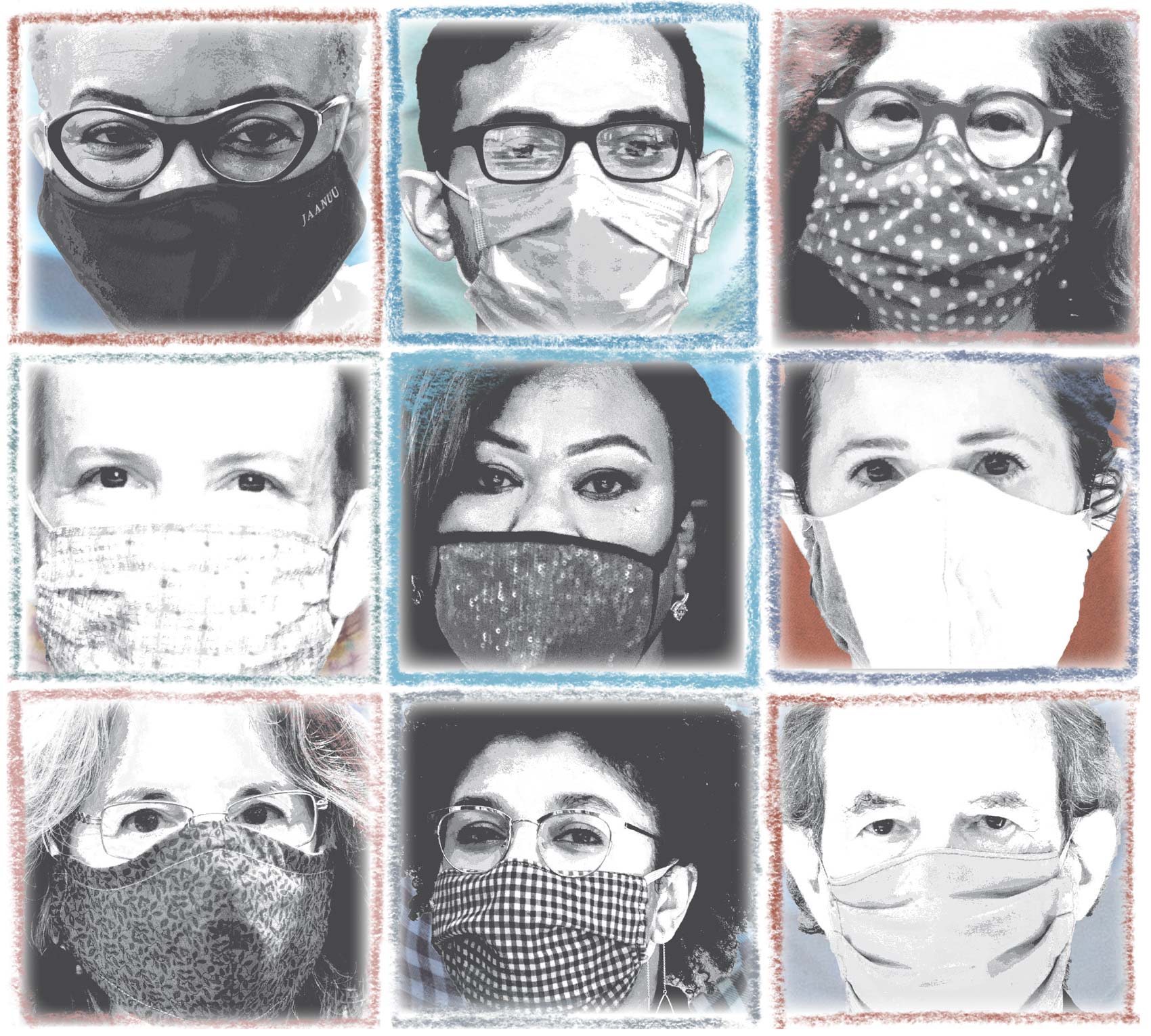Christopher Leinberger ’72
Tayarisha Poe ’12
Portraits of faculty, staff, and alumni in their masks. Photos by Laurence Kesterson.
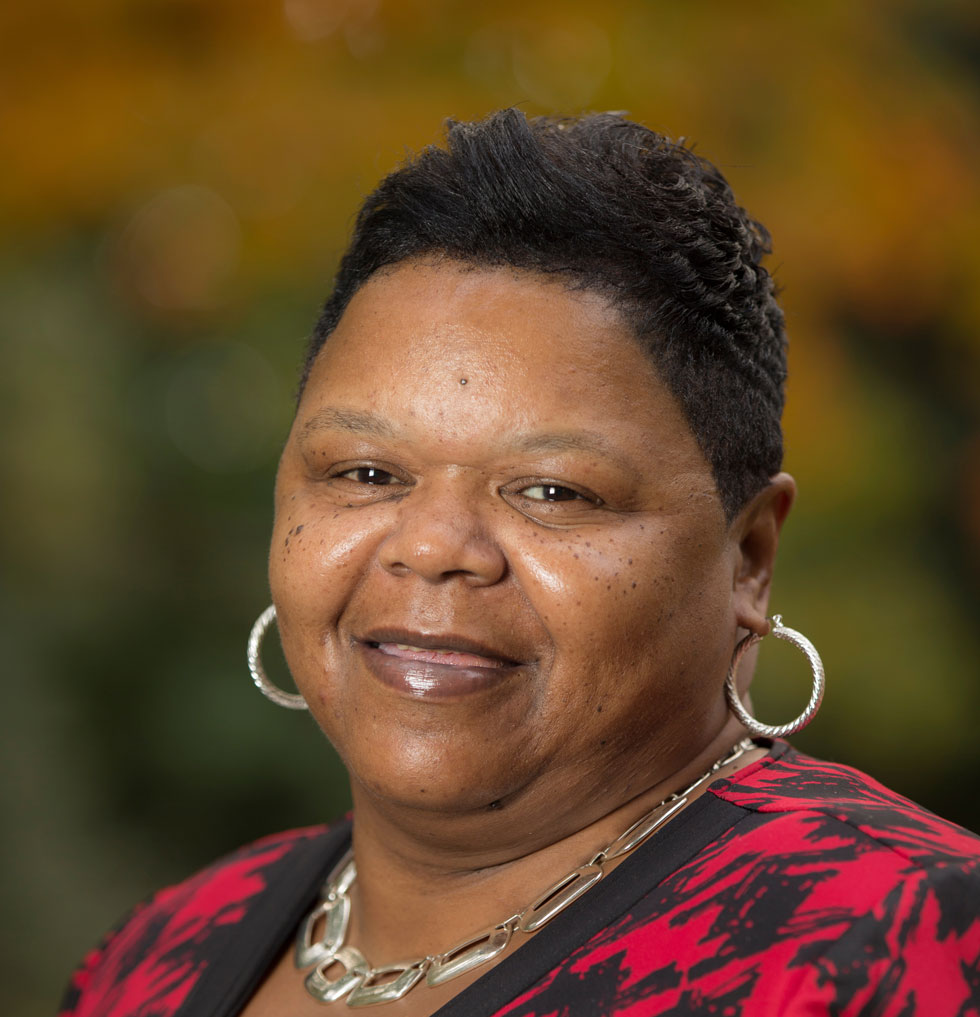
Our Common Humanity
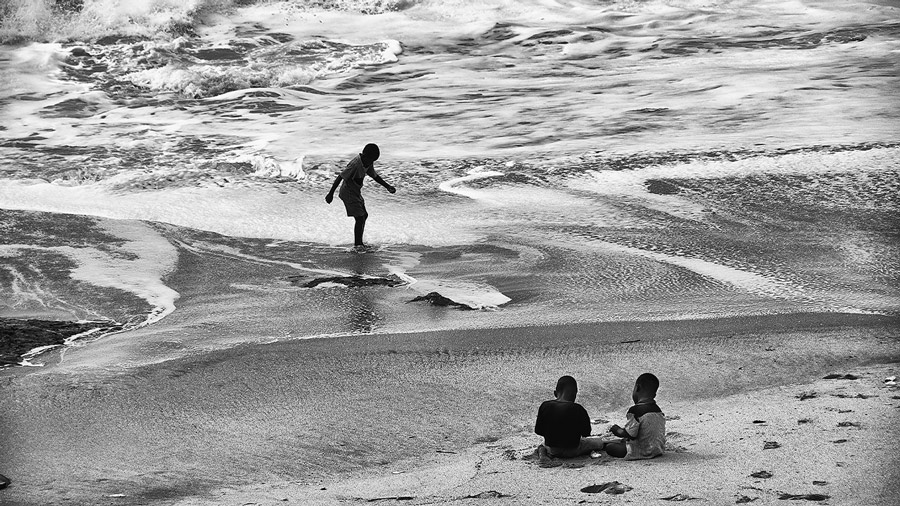
campbell
When I first saw Leandre K. Jackson ’75’s photo of three boys playing by the water’s edge, it startled me with its quiet. Some of the most blissful moments of parenthood unfold while watching your children playing by the sea, so purposefully in tune with its beauty. But the edge of the ocean is dangerous — a wave could come; the water will get deep. Be careful. Come away from the waves! How perfectly this scene unintentionally captured the vulnerability of Black American children today, and the wound that has never healed in this country. In “Waves of Change,” we investigate a way forward during a moment of national reckoning on race, as we have witnessed death in real time and the rage that it brings forth when justice is left to float out into the wind, seemingly uncatchable. Swarthmore alumni who have committed their work, research, and lives to enacting real societal change tell us how to begin again as a country and how it starts by naming the crime of slavery.
As the world continues its war against a virus that seems to lurk in every corner, COVID-19 has now killed more than 170,000 Americans and infected about 5 million since March. In “A Virus Like No Other,” we learn what we knew would happen — Swarthmoreans arrived early to the battle and are working together in ways small and large to heal the suffering the pandemic has wrought.
In “Community Voices,” Bennett Lorber ’64, H’96, the Thomas M. Durant Emeritus Professor of Medicine and Professor of Microbiology and Immunology at Temple University School of Medicine, offers embers of hope in this storm: Our common humanity is our saving grace. We can make it better, says Lorber. In this Bulletin, and around the world, Swarthmoreans continue to shine the light.
Kate Campbell
Managing Editor
Elizabeth Slocum
Senior Editor
Ryan Dougherty
Class Notes Editor
Heidi Hormel
Designer
Phillip Stern ’84
Freelance Designer
Geneen Pintof
Photographer
Laurence Kesterson
Administrative Coordinator
Lauren McAloon
Editor Emerita
Maralyn Orbison Gillespie ’49
Email: bulletin@swarthmore.edu
Telephone: 610-328-8533
We welcome letters on articles covered in the magazine. We reserve the right to edit letters for length, clarity, and style. Views expressed in this magazine do not necessarily reflect the opinions of the editors or the official views or policies of the College. Read the full letters policy at bulletin.swarthmore.edu.
Send letters and story ideas to
bulletin@swarthmore.edu
Send address changes to
records@swarthmore.edu
©2021 Swarthmore College.
Ethical Investments
In 1991, just one year after fully divesting from apartheid South Africa, the Board of Managers instituted a policy to manage the endowment based solely on financial returns, not “other social objectives.” This policy has been in place for nearly 30 years.
The Board has repeatedly used it to dismiss student-led divestment campaigns around fossil fuels, Israeli occupation, and the prison industrial complex. Such dismissals seem even more out of line with Swarthmore’s values as COVID-19 reveals the ways in which these unjust systems lead to disproportionate suffering.
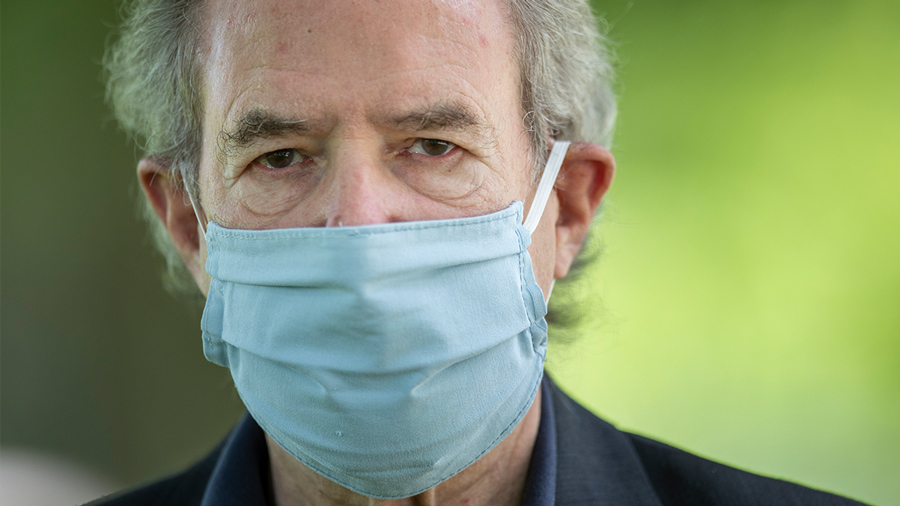
Trust in science
y father operated a movie theater in a small Pennsylvania town. One evening when I was a high school senior and had been accepted to attend Swarthmore, my father called home from the theater to say that he had met an alumnus who had come to see the current film. Dad had invited him to come to our home when the movie ended to meet me. The man turned out to be the writer James A. Michener ’29, H’54. I remember him telling me that my Swarthmore education would prepare me for anything. I doubt that he had considered something like COVID-19.
The world is turned upside down as a strange new virus that came from bats spreads around the globe; more than 170,000 Americans are dead. The preceding sentence could be a promo for a science-fiction film, but it is a frightening reality.

studentwise: faith as a foundation
attended public schools in Upper Darby and Philadelphia all my life.
Swarthmore was my first opportunity to study on campus with peers from all over the world.
It was also the first time I had the privilege to explore many disciplines that had been inaccessible to me. All of this, though exciting and eye-opening, was a challenge by every measure.
When I failed my very first college exam, I felt incompetent and alone. When I had to leave my a cappella group to focus on my studies, I wished I attended some other school that was not as rigorous.
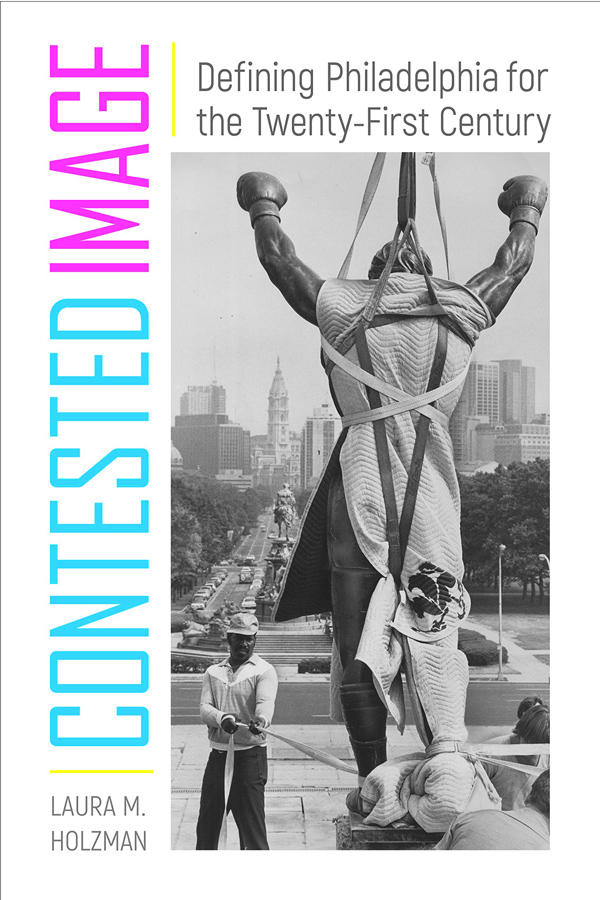
Visual Culture
While art connoisseurs might never group the Rocky Statue, Thomas Eakins’s 1875 painting The Gross Clinic, and the Barnes Foundation’s collection together, the stories of these iconic works intertwine to tell a larger story about Philadelphia’s reputation and self-perception. In Contested Image: Defining Philadelphia for the Twenty-First Century (Temple University Press, 2019), Laura Holzman ’06 examines “the messy process of public envisioning of place” and the ways that public dialogue shapes public meaning.
Around the year 2000, proposals to relocate these three “contested images” on the Benjamin Franklin Parkway became the focus of often-heated public conversations about visual culture and how to balance the city’s historic past with a more recently acquired negative image that leaders sought to shed in the new century.
HOT TYPE: New releases by Swarthmoreans
Reading Testimony,
Witnessing Trauma
University Press of Mississippi
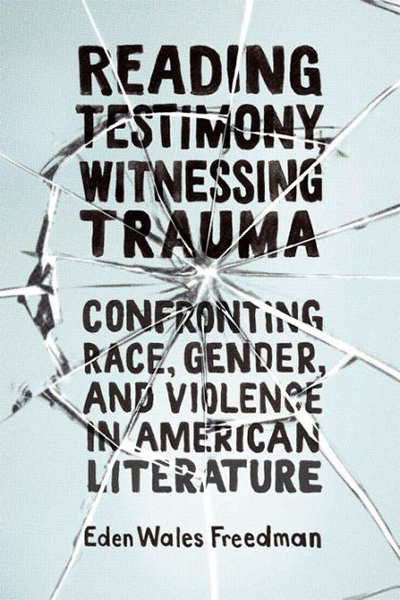

Markets, Minds, and Money: Why America Leads the World in University Research
Harvard University Press


This Is Where
They Came From
Bennett worked as a family doctor in Rochester, N.Y., for 25 years. One day in 2004, the medical director at her health clinic asked for volunteers to work with refugees. “I’ll do it!” Bennett said. “I raised my hand. I had no refugees in my practice at that time.”
common good

The Chester Children’s Chorus persevered, virtually, with its annual summer camp.
A student-led study, guided by physicist Amy Graves, was published in the journal Soft Matter.
Volleyball players Emma Morgan-Bennett ’20 and Mehra den Braven ’20 are nominees for NCAA Woman of the Year.
Shay Downey ’22 is the recipient of a Udall Scholarship, recognizing commitment to Native American nations and the environment.
Seven students were selected for the Mellon Mays Undergraduate Fellowship Program.
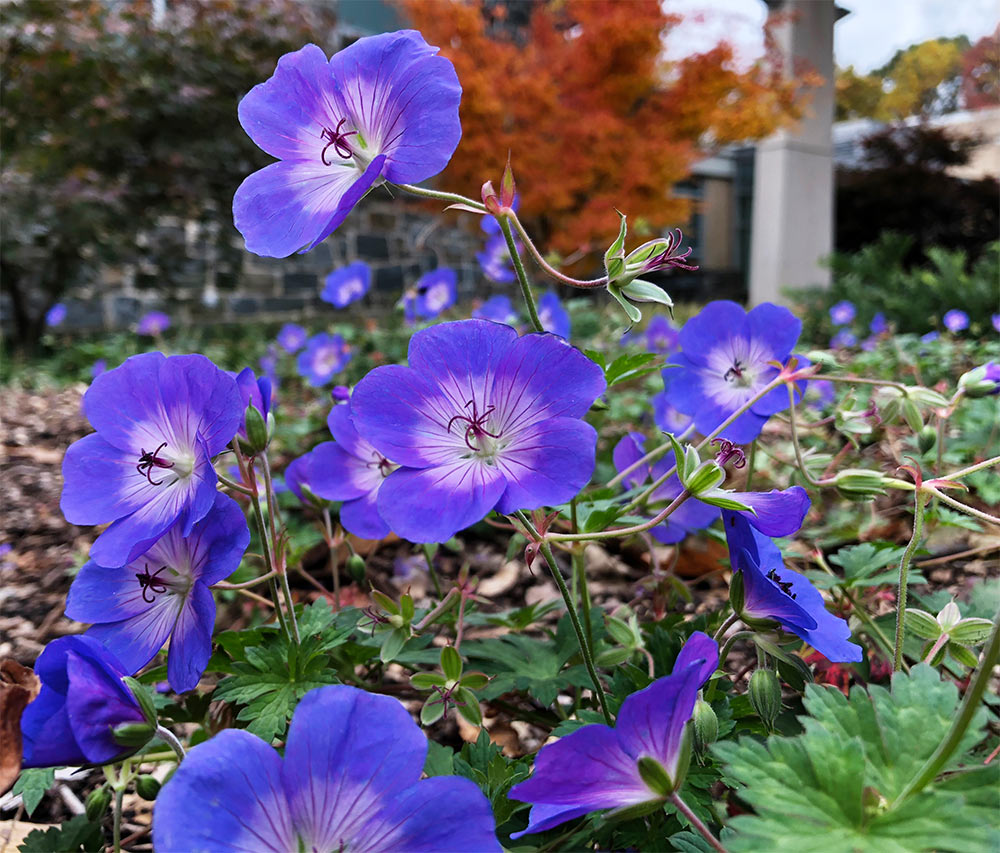
In close consultation with the Facilities Planning Group, the College determined that it could accommodate approximately 900 students on campus this fall.
Typically, about 1,500 students live on campus. That 900 figure is based on factors such as the number of rooms available to house all students in single bedrooms, the ratio of students to bathrooms in the residence halls, necessary cleaning protocols, the College’s capacity to observe physical distancing in dining facilities, and the ability to reserve housing spaces in the event that students need to be quarantined and isolated.
Writing Their Next Chapters: Six Faculty Members Retire From College
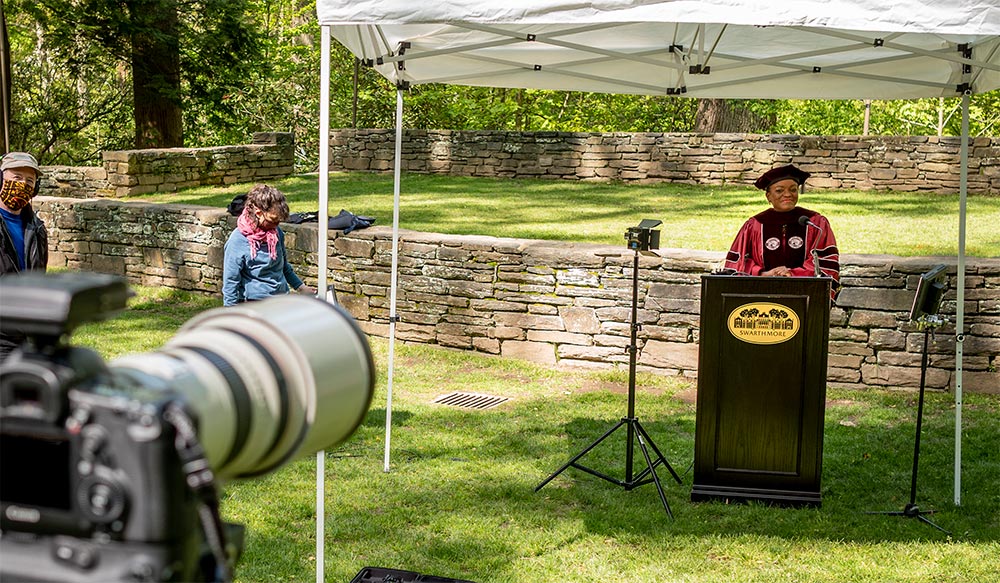
Together in Spirit
he College’s 2020 Commencement looked vastly different from ceremonies of typical years, as COVID-19 forced the celebration to move online. But collaborative creativity, and a few significant surprises, helped provide a day of pomp and circumstance for Swarthmore’s 418 newest alumni.
Thousands tuned in on Sunday, May 24, for the virtual Commencement, which was prerecorded and shared via swarthmore.edu, Facebook, and YouTube. In addition to speeches by President Valerie Smith and retiring biology professor Sara Hiebert Burch ’79, the ceremony included the reading of graduates’ names, the conferral of degrees, and tribute videos and photos from the Class of 2020.

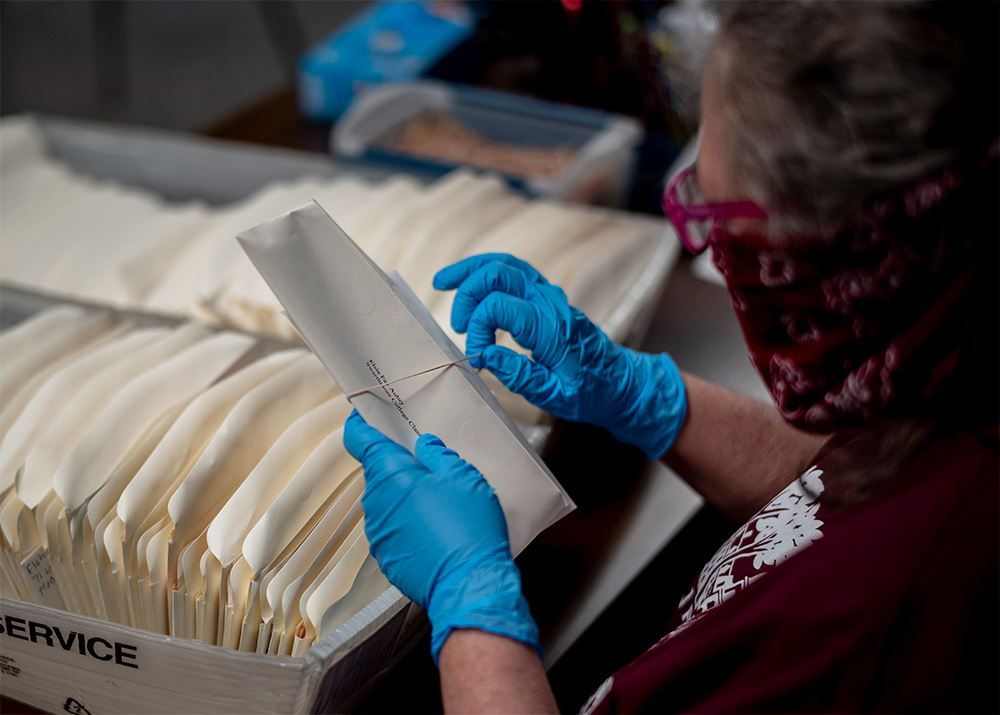
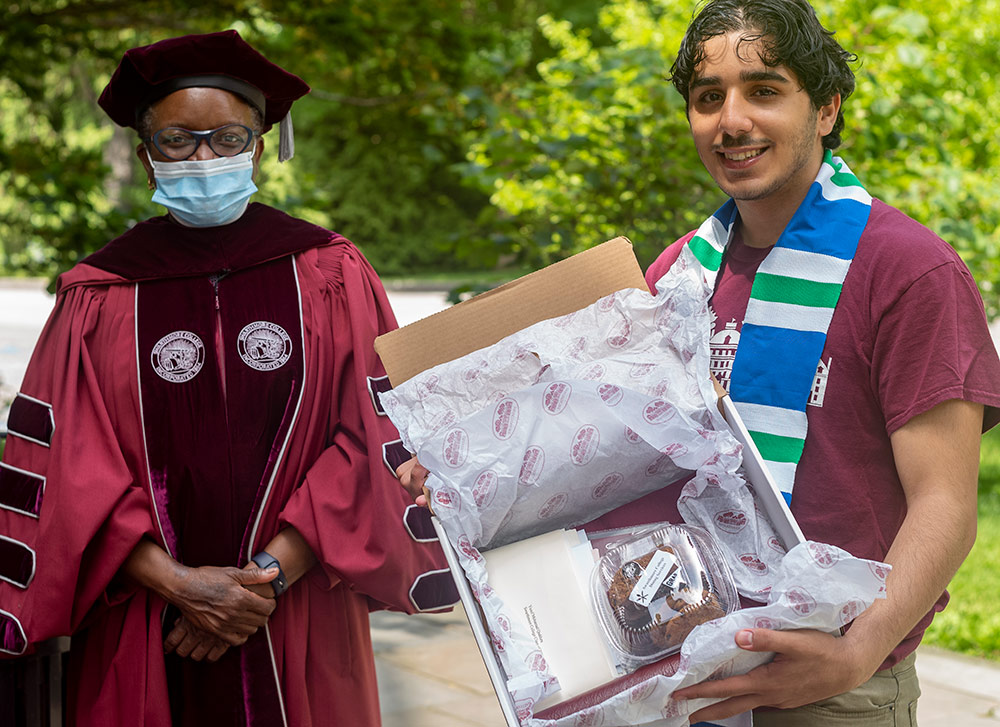
Masked & Unmasked
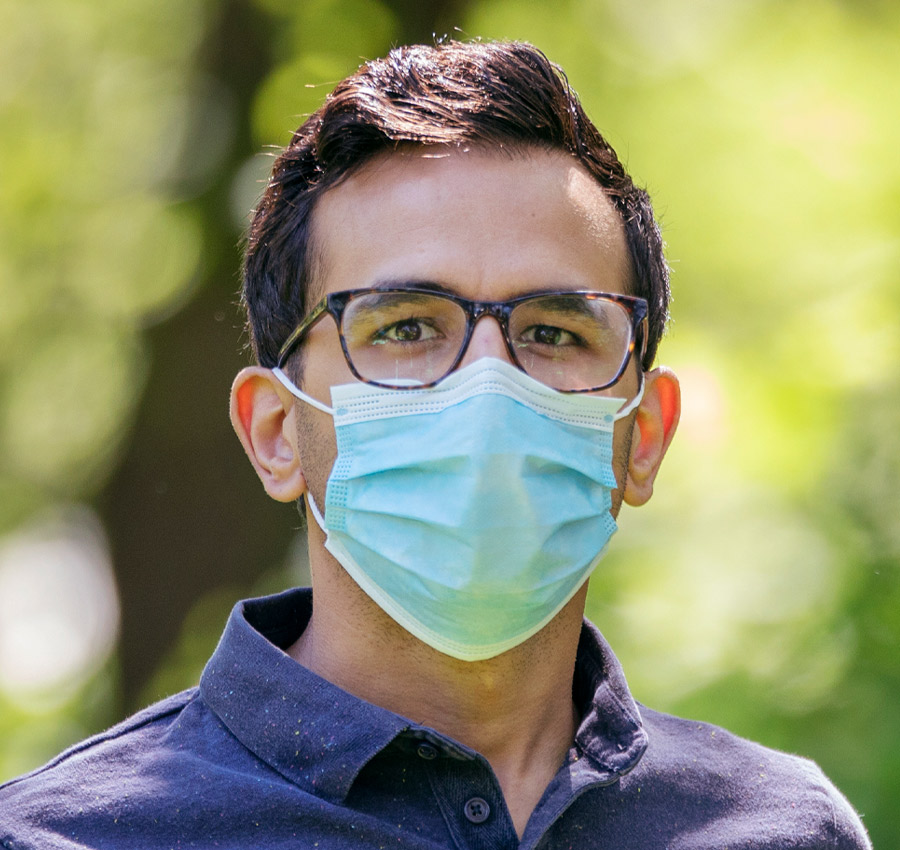

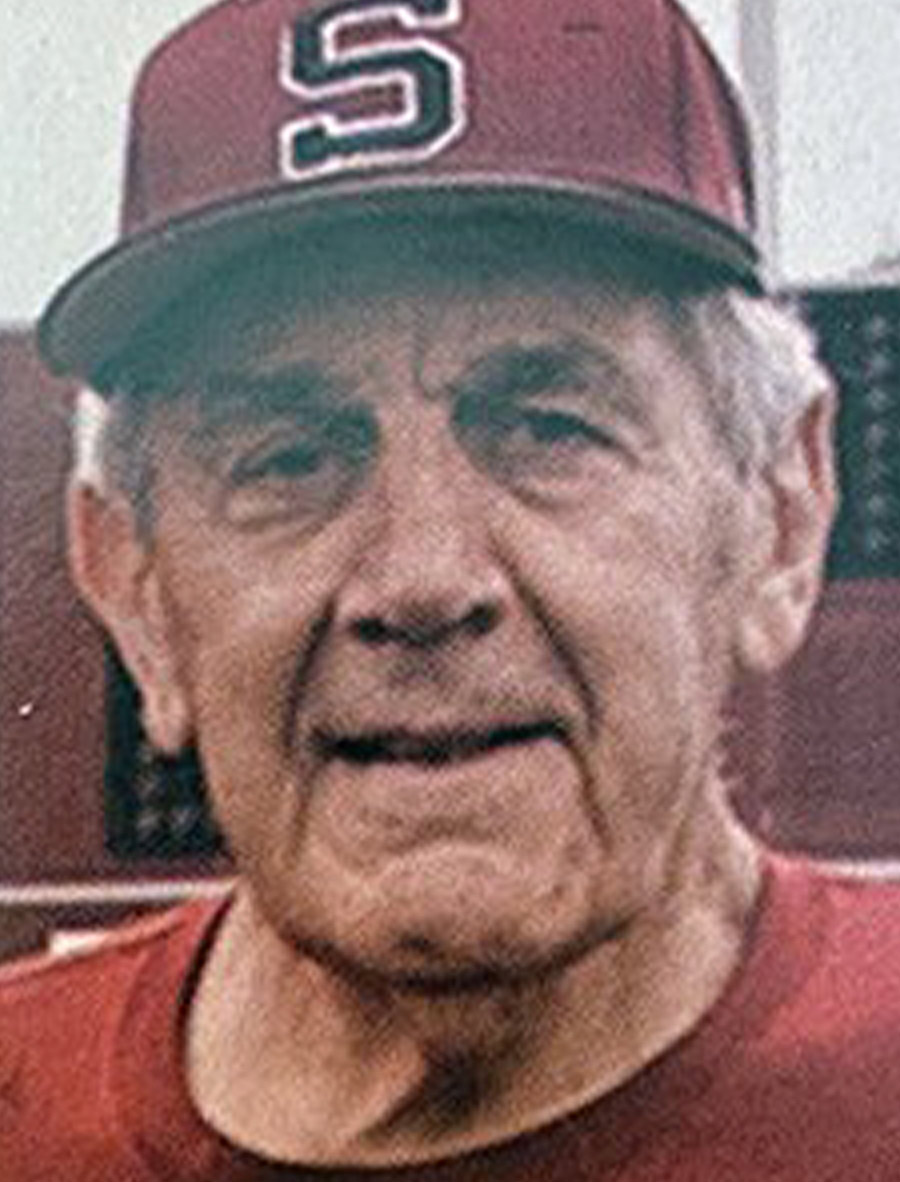
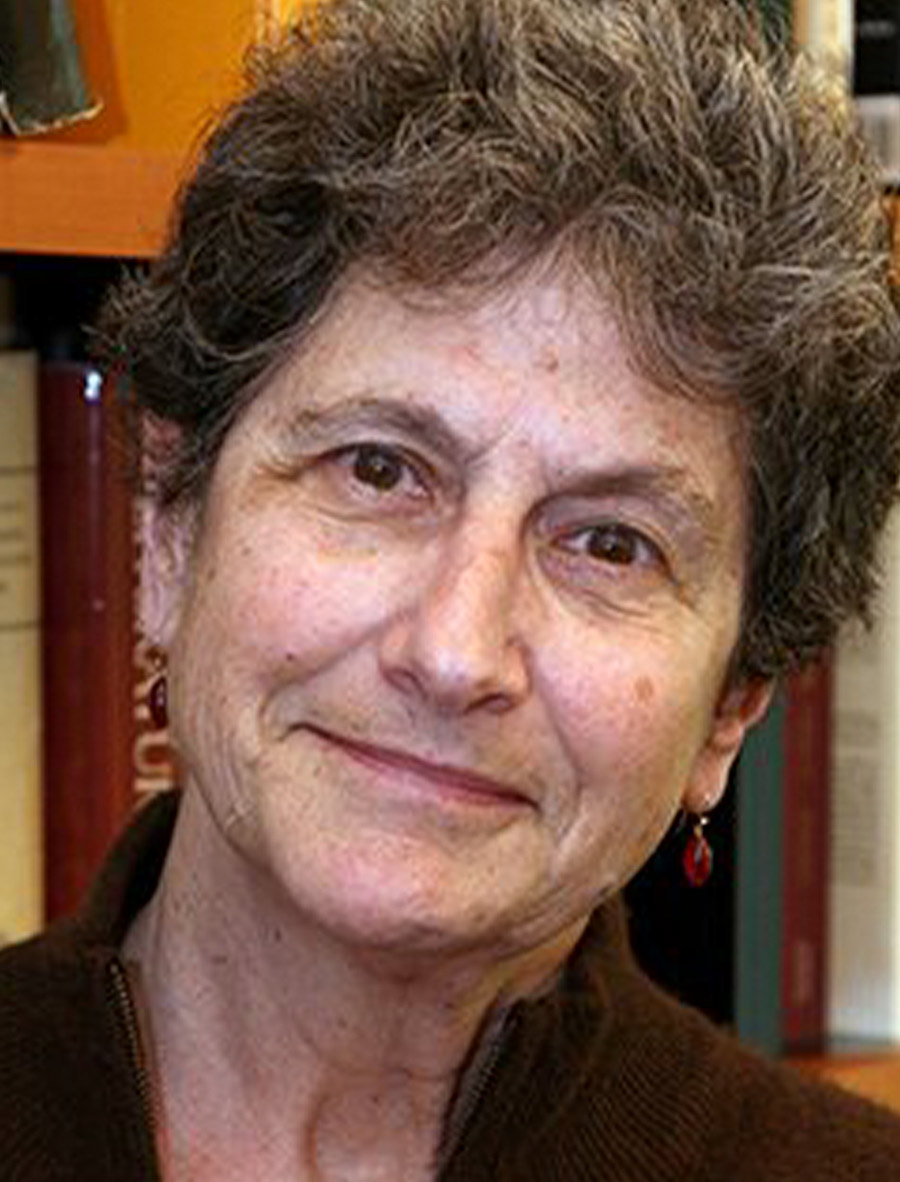
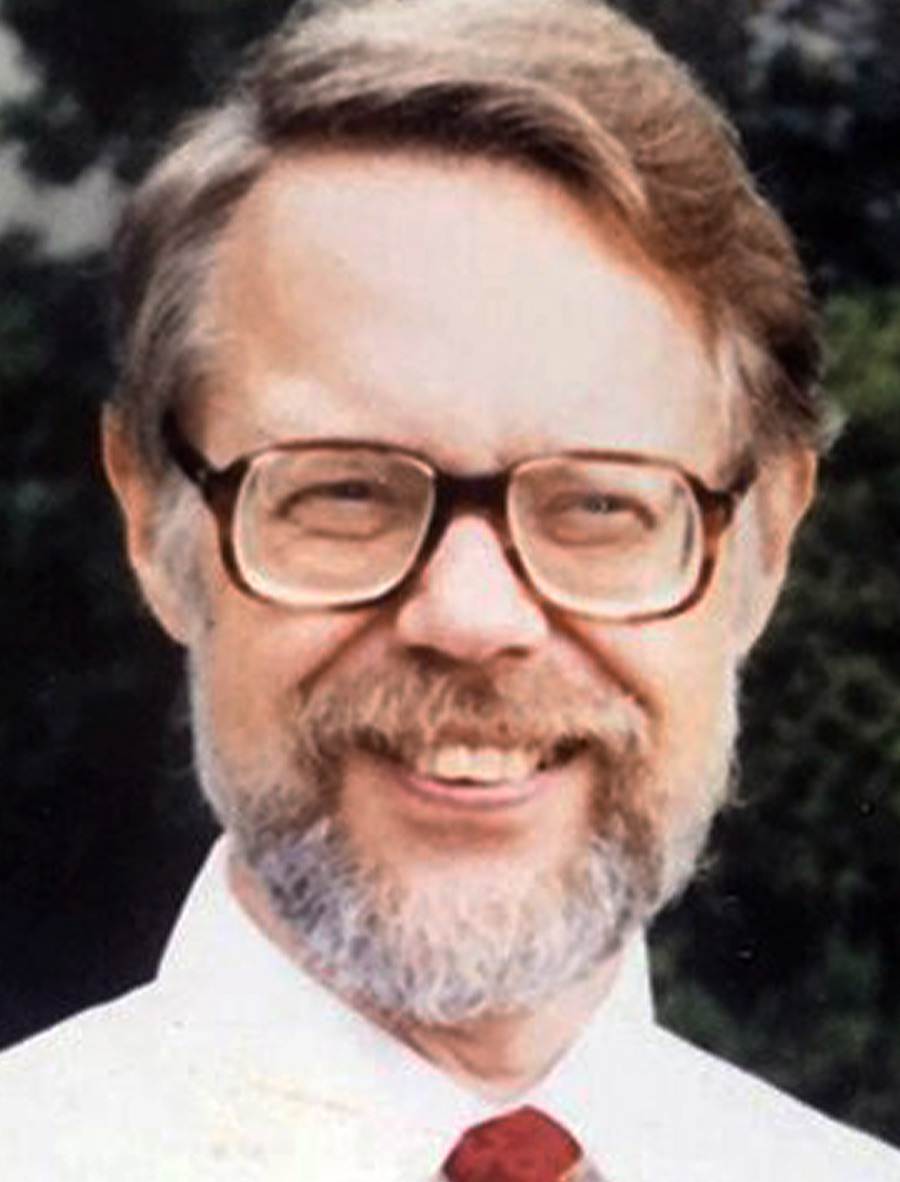
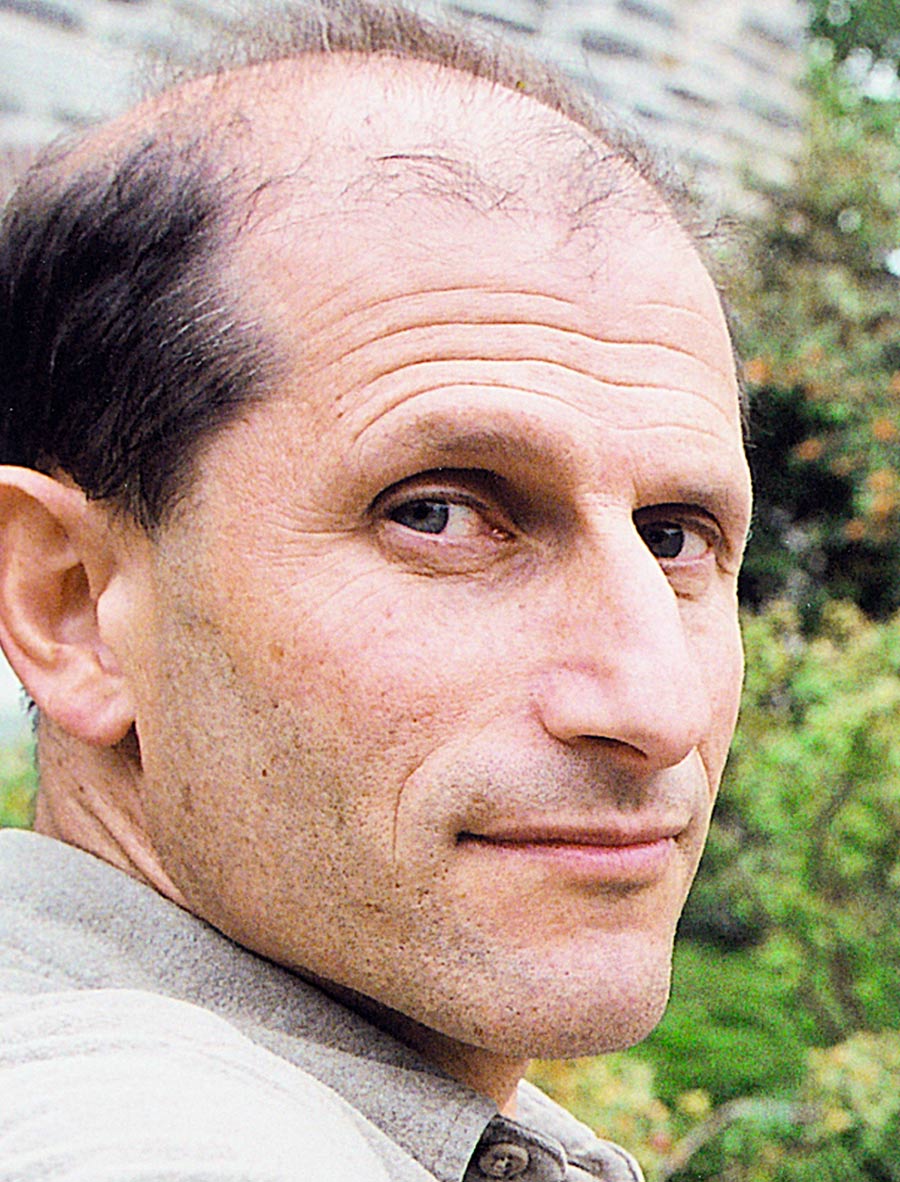
In Memoriam:
Remembering Four Devoted Professors
Ernie Prudente, a beloved longtime coach and professor emeritus of physical education, died April 14 at age 92.
After 27 years of service at the College, and an additional three decades in retirement consistently cheering on the Garnet from the stands, Prudente is remembered as a Swarthmore institution. The winningest head baseball coach in Garnet history, with 216 victories, Prudente also coached basketball for a time, assisted with coaching football, and invigorated the College’s intramural sports program.
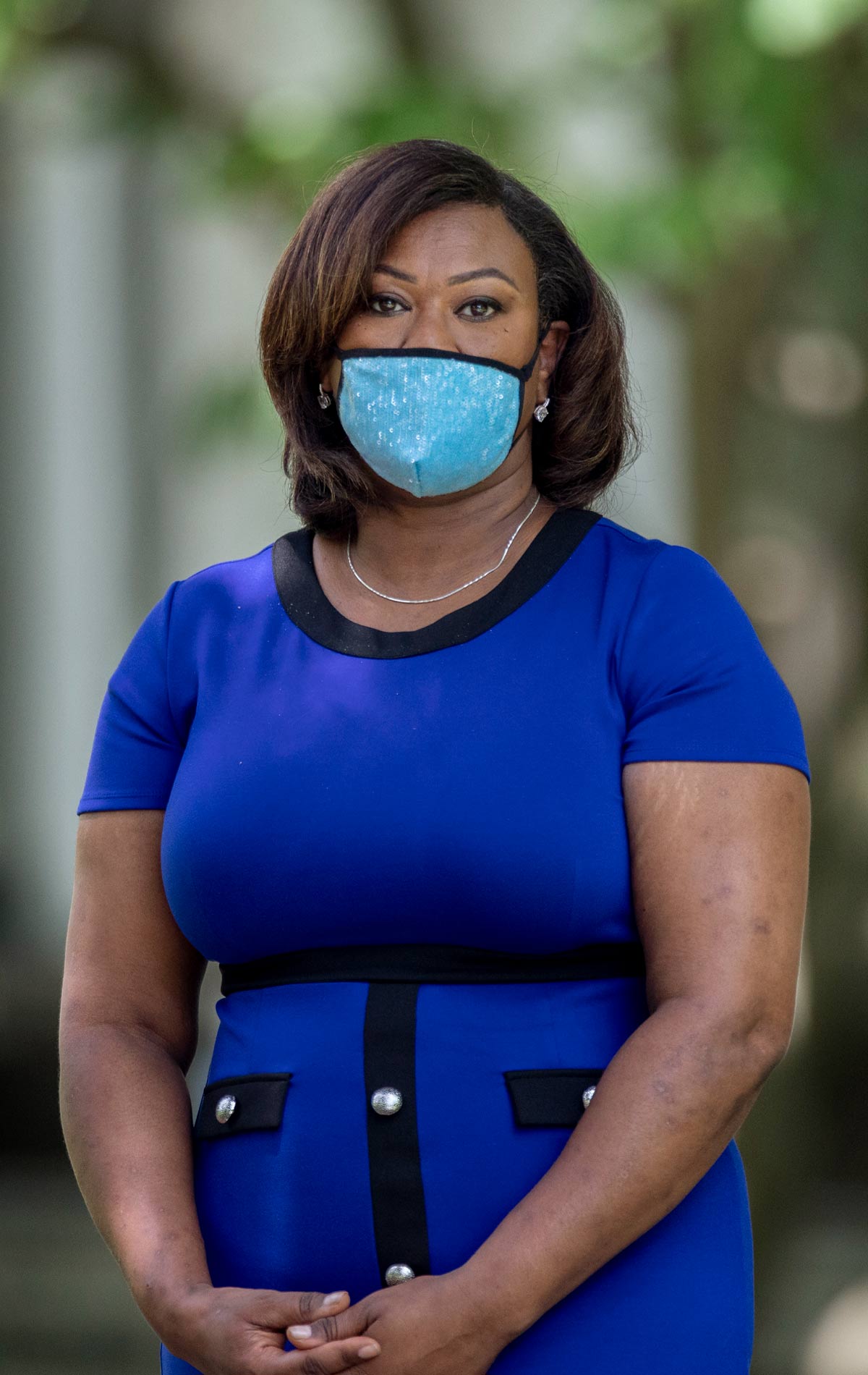
Making History
When Judge Nusrat Rashid ’93 was elected to the Delaware County Court of Common Pleas in November, she achieved not one, but three landmark firsts.
“In the entire history of Delaware County, there has never been a Black woman elected to the trial court bench,” says Rashid. “I was not only the first Black woman to win, but the first Black woman to run.”
Rashid also made history as the first Muslim judge in the state of Pennsylvania, an honor she holds with equal magnitude “because my faith is inseparable from my race and my gender.”
The 2019 election win marked the first time any Democrat had been elected to the trial court bench in Delaware County; Rashid was one among four.
As an undergraduate at Swarthmore, Rashid interrogated the very legacies of judicial misconduct she seeks to address.
“People mistrust because they’ve been mistreated,” says Rashid, whose campaign centered on diversity, balance, and inclusion. “One of the main reasons I ran was to increase public confidence in the courts.”
With more than 20 years of experience as an attorney, and 10 years at her own private practice in Delaware County, it is not only Rashid’s track record that built a successful campaign, but also her commitment to the court’s original purpose: to serve the people justly.
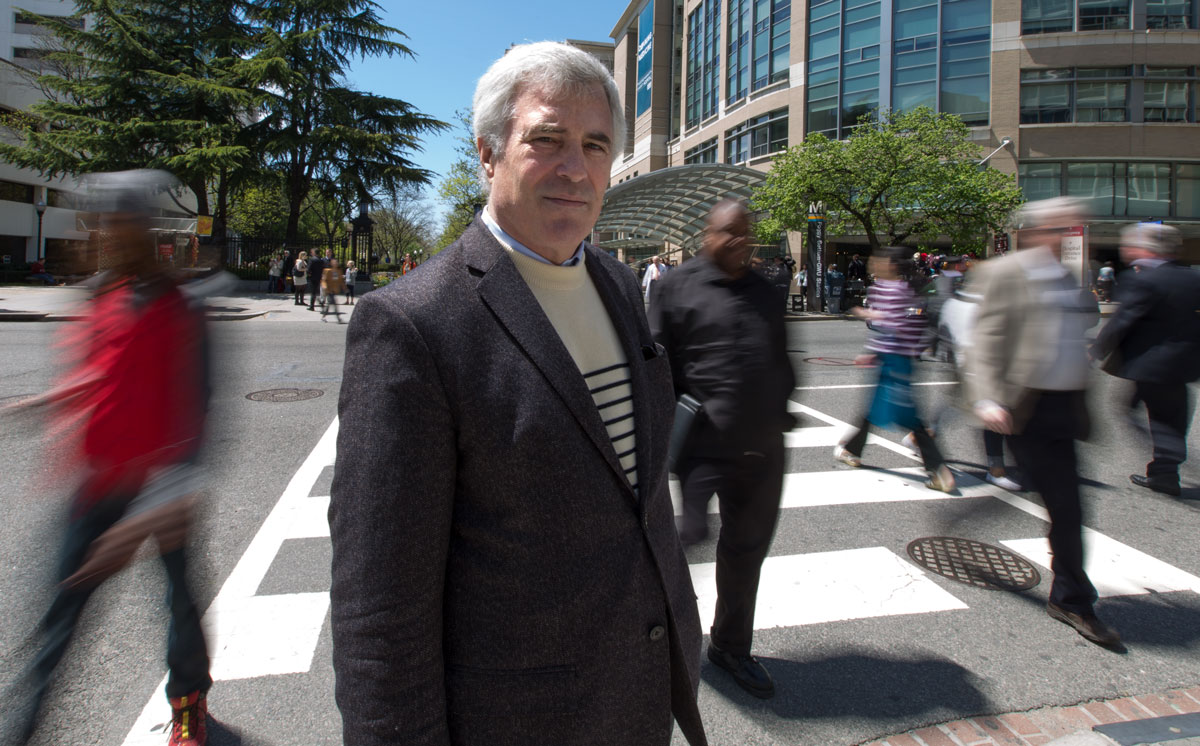
WALK THIS WAY
Christopher Leinberger ’72’s love affair with cities started when he was a young boy, taking the train with his mother from their Drexel Hill, Pa., home to visit his father working in Philadelphia. He was enthralled by the people, buildings, and hubbub.
In some ways, not much has changed for Leinberger, whose career has included work as a land-use strategist, real estate developer, professor, researcher, and author. His interest, however, goes beyond how and where we build homes.
“My entire career has been about understanding metropolitan development trends, how we’ve been building our cities and metro areas,” says Leinberger.
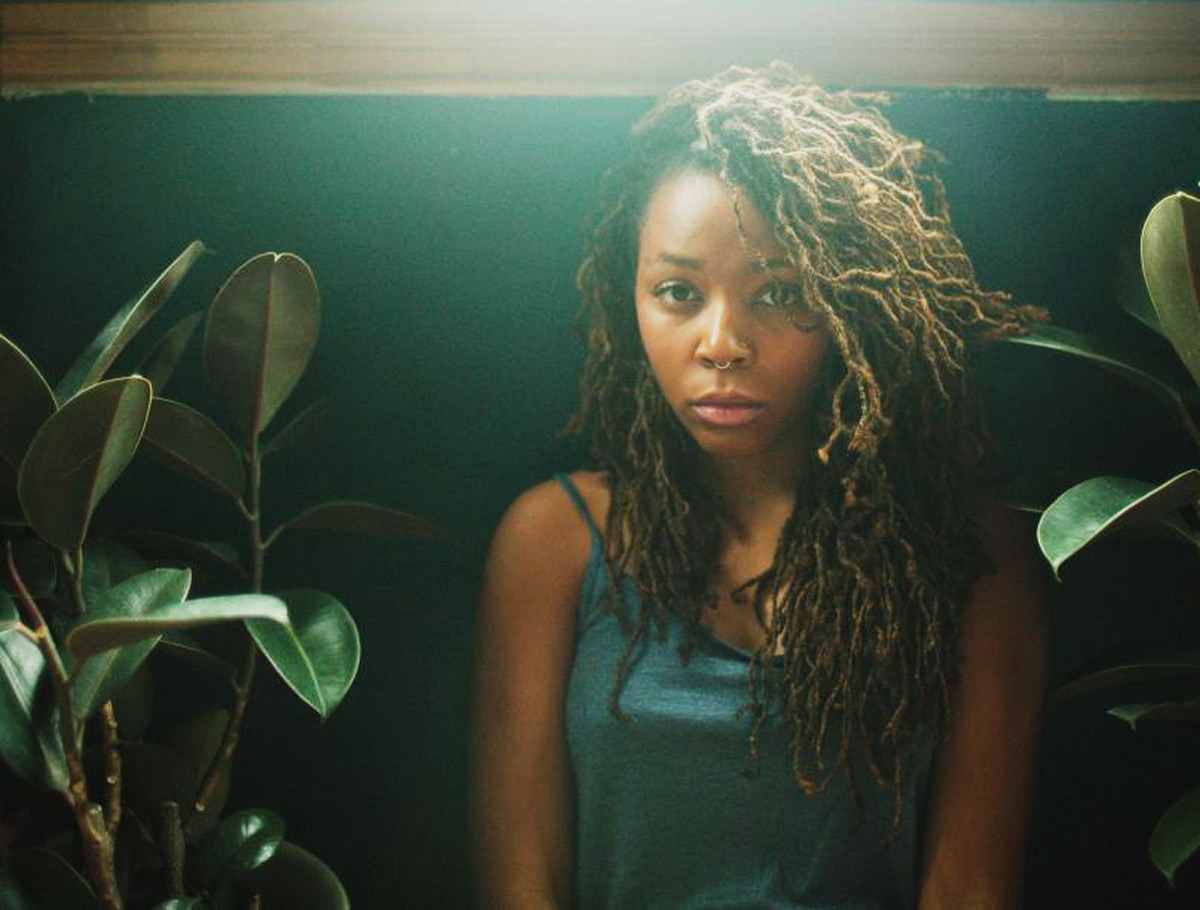
Commanding Attention
Poe, who studied film production and creative writing at Swarthmore, recognized that upon the April release of her directorial feature debut, Selah and the Spades. The story she set out to tell — of a boarding-school student who did whatever she wanted without worrying about the consequences — reached its audience fully realized. And then it became theirs to interpret.
“So many young people have been connecting with the film and delving into the meaning of the story in ways that I couldn’t have predicted,” says Poe, who delighted in the exchange.
A Virus
Like No
Other
illustration by Ileana Soon
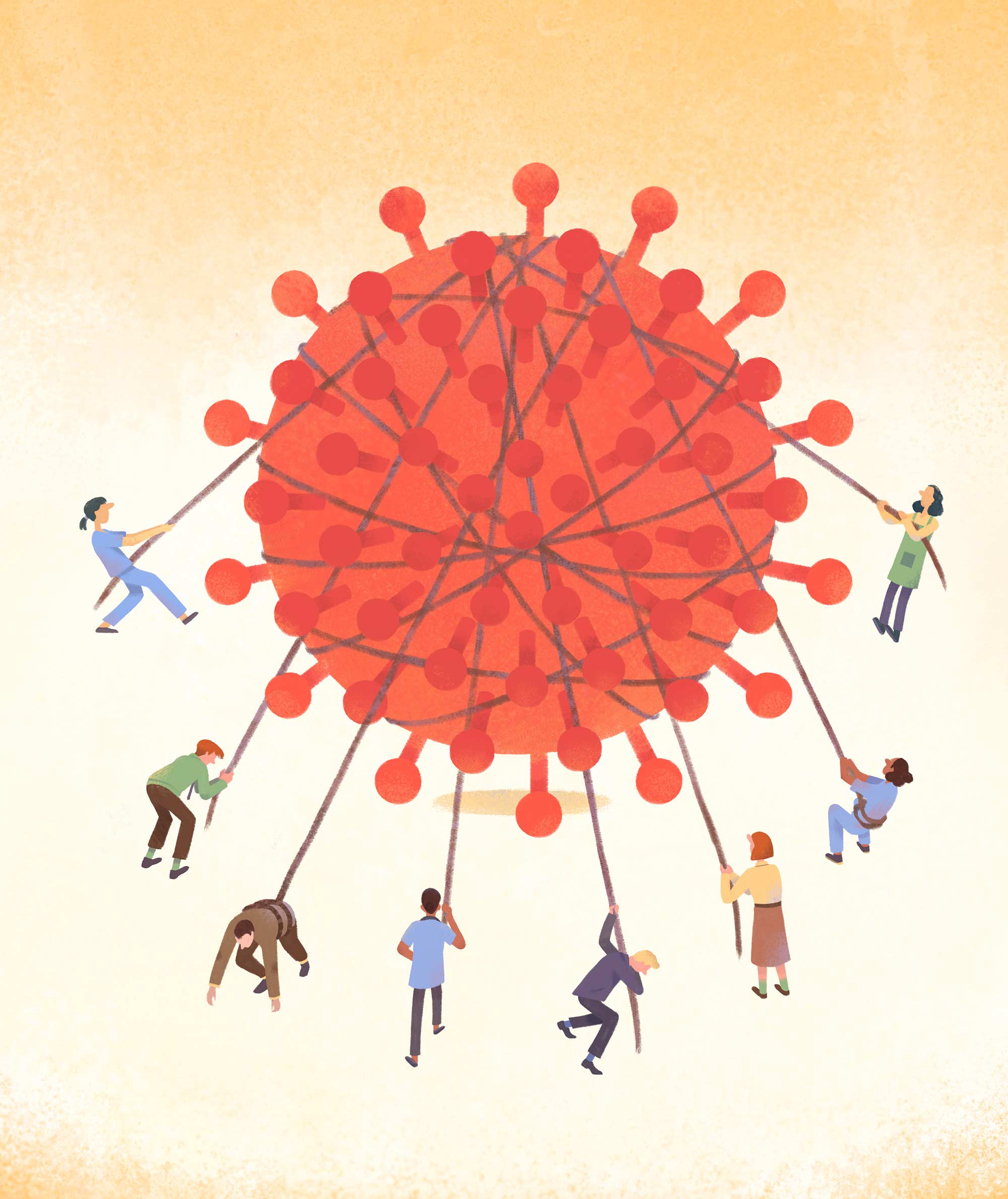
 n a normal day, Keren Osman ’92 works with stem cells as a bone marrow transplant physician at Mount Sinai Hospital in Manhattan.
n a normal day, Keren Osman ’92 works with stem cells as a bone marrow transplant physician at Mount Sinai Hospital in Manhattan.
When COVID-19 patients started appearing on the scene, much of the medical approach and focus was on the respiratory symptoms that accompany the disease. While these are proven to be a part of the impact from the coronavirus, physicians have since identified a host of other issues.
Osman is just one of hundreds of Swarthmore alumni helping to fight the disease. By bringing their expertise in health care, research, economic development, and mental health to those impacted by the coronavirus, alumni are making a difference in the current overwhelming climate of the pandemic.
“I had a conversation with one of my colleagues about a particular set of stem cells that were on the brink of approval for transplantation to treat a variety of illnesses,” Osman says. “We know that these cells help with inflammation and travel to the lungs first, so we wondered whether they might help with the inflammatory process we’re seeing in COVID patients.”
WAVES
of
CHANGE
The death of George Floyd on Memorial Day, May 25, ignited a firestorm of demonstrations by thousands who disregarded their own safety to protest in the midst of a deadly COVID-19 pandemic. Unified by both empathy and rage, Americans of all races in big cities and small towns carried signs proclaiming “Black Lives Matter” and “I Can’t Breathe,” the last plea for life from the lips of Floyd.
“It’s amazing to me that not only have we awakened to the terror of our history and the terror that we keep living because we denied it, but I’ve never seen a moment, historically, when we are talking about tearing down some of these institutions and rebuilding something completely new,” says Fania Davis ’69, a former civil rights trial attorney and former founding director of Restorative Justice for Oakland Youth.
WAVES
of
CHANGE
The death of George Floyd on Memorial Day, May 25, ignited a firestorm of demonstrations by thousands who disregarded their own safety to protest in the midst of a deadly COVID-19 pandemic. Unified by both empathy and rage, Americans of all races in big cities and small towns carried signs proclaiming “Black Lives Matter” and “I Can’t Breathe,” the last plea for life from the lips of Floyd.
“It’s amazing to me that not only have we awakened to the terror of our history and the terror that we keep living because we denied it, but I’ve never seen a moment, historically, when we are talking about tearing down some of these institutions and rebuilding something completely new,” says Fania Davis ’69, a former civil rights trial attorney and former founding director of Restorative Justice for Oakland Youth.
A New Landscape For Learning
A New Landscape For Learning
hen COVID-19 struck, causing schools across the country to shut their doors this spring, Charmaine Giles ’10, the principal of a charter elementary school in Camden, N.J., tried to replicate the rhythms of the school day for her young students as much as possible.
But instead of greeting them at the school gate and giving hugs, she interacted with students virtually from her South Philadelphia apartment, a two-story loft converted into living space out of an old bookbinding factory. The abrupt transition to remote teaching after the start of the COVID-19 pandemic meant educators had to think and act quickly.

Come November
illustrations by Phillip Stern ’84
ith polarization at an all-time high and control of both the White House and Congress on the line, November’s general election was already shaping up to be a fierce battle. But then came the COVID-19 pandemic and cases of police brutality that sparked protests across the country, galvanizing and roiling the nerves of Americans.
Here, an alumnus and three faculty members who have been closely monitoring the runup to November explore what could prove to be key factors of the election from social, economic, and historic vantage points.

Game Changer
ith one more win, the Swarthmore men’s basketball team would have spent the weekend after spring break in Fort Wayne, Ind., preparing for the quarter- and semifinal rounds of the NCAA Division III Tournament. The list of accomplishments from 2019–20 alone was long: the team was ranked first in Division III for the entire season with a sterling 28–1 record, a National Coach of the Year award for head coach Landry Kosmalski, National Rookie of the Year honors for Vinny DeAngelo ’23, and All-American status for team captains Zac O’Dell ’20 and Nate Shafer ’20.
Alumni brewers tap into the sustainability of sour beer
hen a sour beer is fermenting, something sweet happens: The brew pulls in wild yeast from the air, taking on the terroir of the region where it was made.
“It’s kind of magical,” says Christophe Gagne ’08, who developed a taste for sours shortly after Swarthmore and “fell in love with the microbiology of beer.”
These days, Gagne taps into that magic daily as president of Hermit Thrush Brewery, the craft beer company he co-founded in 2014 with college friend Avery Schwenk ’07.
Since setting up shop six years ago in Brattleboro, Vt., Hermit Thrush has extended its reach to eight East Coast states and Washington, D.C., while expanding its operations from a small brewery and tasting room to a 20,000-square-foot warehouse on the edge of town. More than 100 beer varieties — all sours — have been produced, each incorporating local yeast, hops, and fruit. And through it all, the beermaker has used biomass instead of fossil fuels, with an eventual goal for a zero-emissions brewhouse.

Alumni brewers tap into the sustainability of sour beer
hen a sour beer is fermenting, something sweet happens: The brew pulls in wild yeast from the air, taking on the terroir of the region where it was made.
“It’s kind of magical,” says Christophe Gagne ’08, who developed a taste for sours shortly after Swarthmore and “fell in love with the microbiology of beer.”
These days, Gagne taps into that magic daily as president of Hermit Thrush Brewery, the craft beer company he co-founded in 2014 with college friend Avery Schwenk ’07.
Since setting up shop six years ago in Brattleboro, Vt., Hermit Thrush has extended its reach to eight East Coast states and Washington, D.C., while expanding its operations from a small brewery and tasting room to a 20,000-square-foot warehouse on the edge of town. More than 100 beer varieties — all sours — have been produced, each incorporating local yeast, hops, and fruit. And through it all, the beermaker has used biomass instead of fossil fuels, with an eventual goal for a zero-emissions brewhouse.
Statement of Ownership, Management and Circulation
Publication Number: 0530-620
Date of Filing: 8/26/20
No. of Issues Annually: 4
Mailing Address of Known Office of Publications and Headquarters Office:
500 College Ave.
Swarthmore, Delaware County, PA 19081-1397
Publisher: Swarthmore College
Editor: Kate Campbell
Average No. of Copies of Each Issue Published During Preceding 12 Months:
A. Total No. Copies 26,125
B. Paid and/or Requested Circulation
Carriers, Street Vendors and
Counter Sales None
2. Mail Subscription 22,106
C. Total Paid and/or Requested Circulation 22,106
D. Free Distribution Outside the Mail, Carrier or Other Means, Samples, Complimentary and other Free Copies 1,640
F. Copies Not Distributed 2,514
G. Total 26,260
H. Percent Paid 93%
Average No. of Copies of Single Issue Published Nearest to Filing Date:
A. Total No. Copies 26,000
B. Paid and/or Requested Circulation
Carriers, Street Vendors and
Counter Sales None
2. Mail Subscription 21,986
C. Total Paid and/or Requested Circulation 21,986
D. Free Distribution Outside the Mail, Carrier or Other Means, Samples, Complimentary and other Free Copies 1,555
E. Total Distribution 23,541
F. Copies Not Distributed 2,459
G. Total 26,000
H. Percent Paid 93%
Publication Number: 0530-620
Date of Filing: 8/26/20
No. of Issues Annually: 4
Mailing Address of Known Office of Publications and Headquarters Office:
500 College Ave.
Swarthmore, Delaware County, PA 19081-1397
Publisher: Swarthmore College
Editor: Kate Campbell
Average No. of Copies of Each Issue Published During Preceding 12 Months:
A. Total No. Copies 26,125
B. Paid and/or Requested Circulation
Carriers, Street Vendors and
Counter Sales None
2. Mail Subscription 22,106
C. Total Paid and/or Requested Circulation 22,106
D. Free Distribution Outside the Mail, Carrier or Other Means, Samples, Complimentary and other Free Copies 1,640
F. Copies Not Distributed 2,514
G. Total 26,260
H. Percent Paid 93%
Average No. of Copies of Single Issue Published Nearest to Filing Date:
A. Total No. Copies 26,000
B. Paid and/or Requested Circulation
Carriers, Street Vendors and
Counter Sales None
2. Mail Subscription 21,986
C. Total Paid and/or Requested Circulation 21,986
D. Free Distribution Outside the Mail, Carrier or Other Means, Samples, Complimentary and other Free Copies 1,555
E. Total Distribution 23,541
F. Copies Not Distributed 2,459
G. Total 26,000
H. Percent Paid 93%
Publication Number: 0530-620
Date of Filing: 8/26/20
No. of Issues Annually: 4
Mailing Address of Known Office of Publications and Headquarters Office:
500 College Ave.
Swarthmore, Delaware County, PA 19081-1397
Publisher: Swarthmore College
Editor: Kate Campbell
Average No. of Copies of Each Issue Published During Preceding 12 Months:
A. Total No. Copies 26,125
B. Paid and/or Requested Circulation
Carriers, Street Vendors and
Counter Sales None
2. Mail Subscription 22,106
C. Total Paid and/or Requested Circulation 22,106
D. Free Distribution Outside the Mail, Carrier or Other Means, Samples, Complimentary and other Free Copies 1,640
E. Total Distribution 23,746
F. Copies Not Distributed 2,514
G. Total 26,260
H. Percent Paid 93%
Average No. of Copies of Single Issue Published Nearest to Filing Date:
A. Total No. Copies 26,000
B. Paid and/or Requested Circulation
Carriers, Street Vendors and
Counter Sales None
2. Mail Subscription 21,986
C. Total Paid and/or Requested Circulation 21,986
D. Free Distribution Outside the Mail, Carrier or Other Means, Samples, Complimentary and other Free Copies 1,555
E. Total Distribution 23,541
F. Copies Not Distributed 2,459
G. Total 26,000
H. Percent Paid 93%
class notes
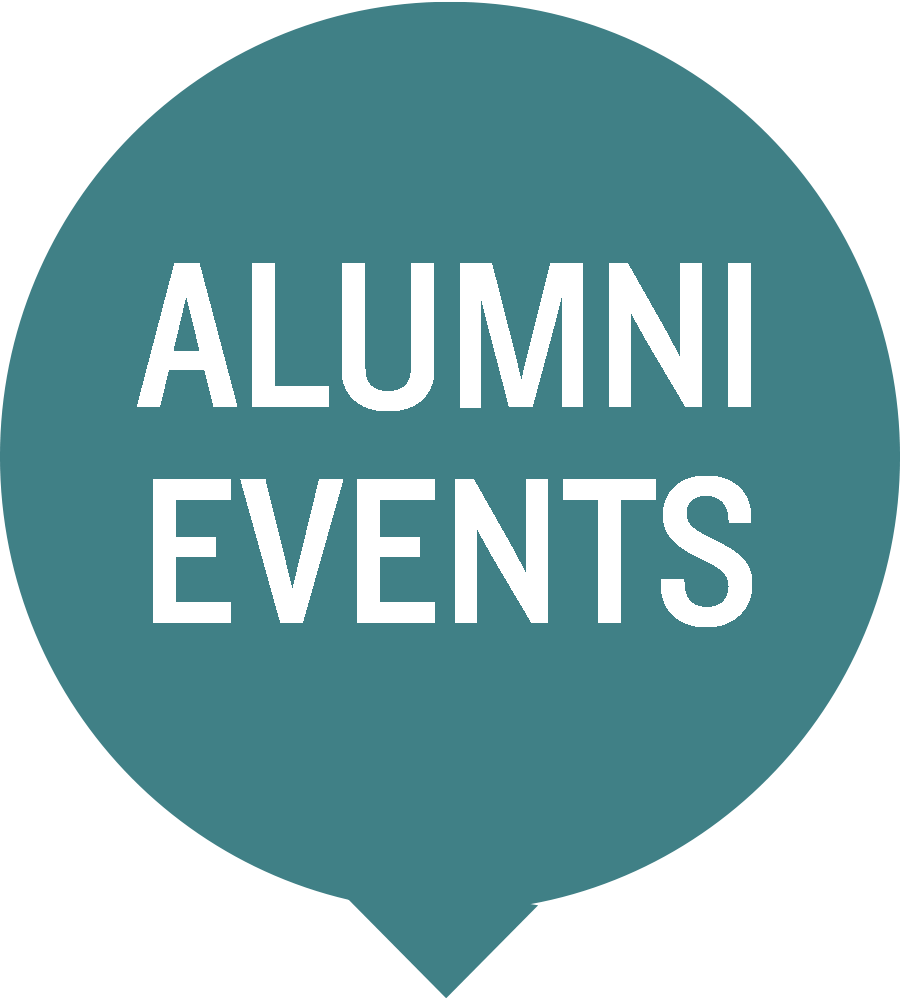
October
This year’s virtual Garnet Weekend alternative, Garnet Gatherings is a monthlong series of events for alumni and families. View the schedule and register for events.
swarthmore.edu/GarnetGatherings
Hear from professors, students, and alumni excelling in their fields during these Alumni Council-sponsored virtual seminars. Recordings of past talks, and information about upcoming events, are available online.
bit.ly/SwatTalks
The Office of Alumni & Parent Engagement provides opportunities to engage with the intellectual life of the College from the comfort of your own home.
swarthmore.edu/AlumniLearning
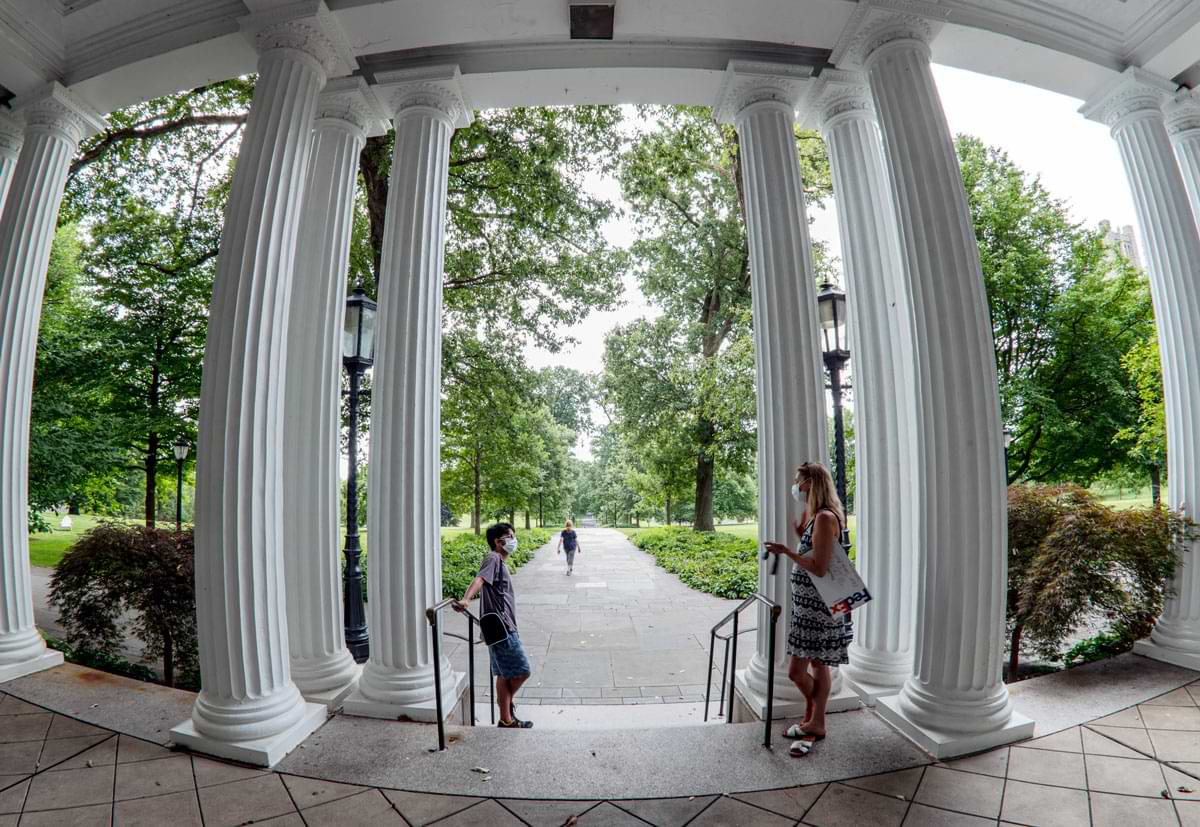
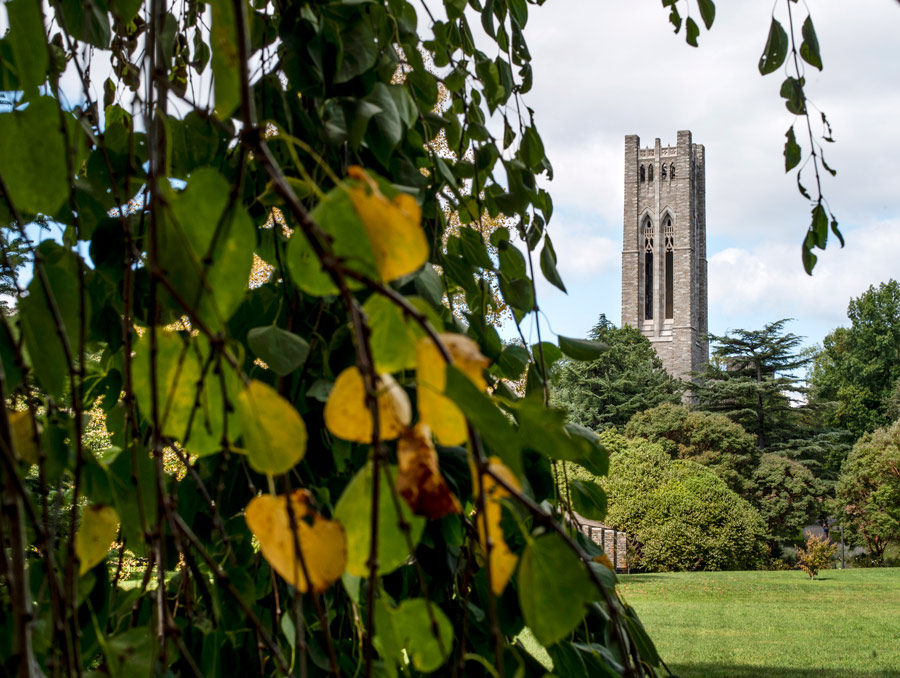
their light lives on
Ernest, a distinguished scientist known as the “father of modern particle accelerators,” died April 21, 2020.
After receiving a Ph.D. in physics from the University of Rochester, Ernest worked on nuclear physics at the Montreal Laboratory, part of the Manhattan Project. He spent most of his career at Brookhaven Lab, during which he was also a member of the National Academy of Sciences and a recipient of the Enrico Fermi Award, given by the U.S. government in recognition of lifetime scientific achievement.
Jane, a mother of four, died Sept. 1, 2019.
A retired assistant advertising director, Jane also attended the University of Wisconsin, Menasha.
Karl, an engineering major at Swarthmore, died Oct. 3, 2018.
A father of four, Karl received a master’s in electrical engineering from Harvard and a Ph.D. from the University of California, Berkeley.
Edward, a marketer who graduated from Swarthmore Phi Beta Kappa as part of the officers’ training program, died June 22, 2020.
Ed attended Northwestern for graduate school in physics then began a long career in marketing, working primarily at Proctor & Gamble before starting the company Scott-Page. After retirement, Ed was an active leader of Business Executives for National Security, the Center for Positive Living, and the Sarasota (Fla.) Bay Club.
looking back

This year marks a century since the 19th Amendment, which granted women the right to vote, was adopted in August 1920.
It passed in no small part due to one of Swarthmore’s most famous alumni, Alice Paul, Class of 1905, but she didn’t do it alone.
Paul worked closely with former classmates Mabel Vernon, Class of 1906, and Amelia Himes Walker, Class of 1902, on the Silent Sentinels picketing Woodrow Wilson’s White House and other tactics.
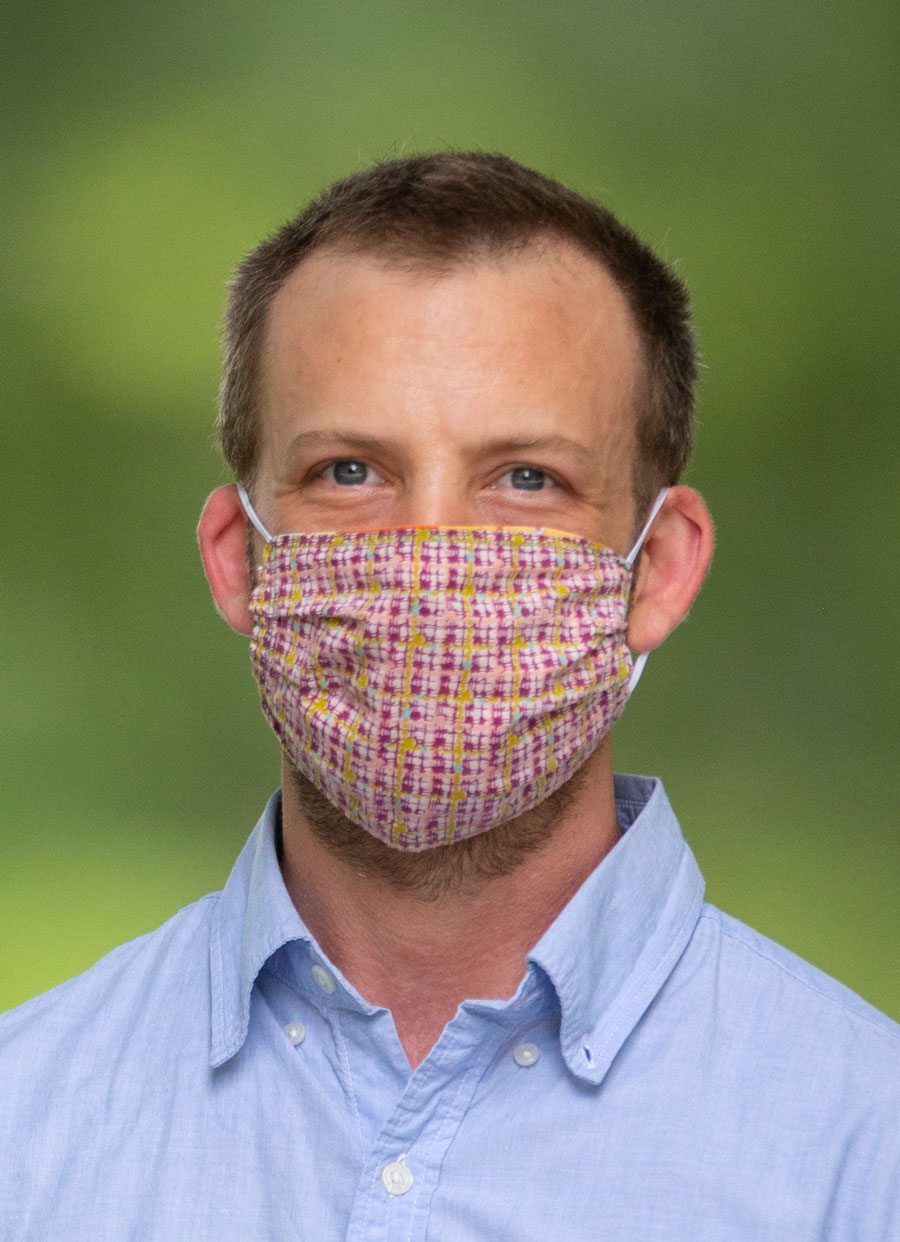
Barriers to
This summer in a 6-3 vote, the Supreme Court ruled that the section of the Civil Rights Act of 1964 that outlaws employment discrimination on the basis of sex must be interpreted to include protection of gay and transgender people. Assistant Professor of Sociology Daniel Laurison ’99 explains why this great step is only the first in a long road ahead for equity and inclusion in the workplace.
Why is this landmark ruling so critical?
I’ve been struggling a bit with how to answer this question, because there isn’t a lot to say beyond, “Yup, this is very good news for me as a queer and trans person, and for all LGBT people in the U.S.” It is good news, both because a lot of us were worried the Supreme Court would rule against us, and because employers shouldn’t get to fire people based on who we are.
How would you describe the moment in a historical context?
It comes at a time of so much upheaval and distress that it’s been a bit hard to focus on this particular bit of good news. So many people are sick and dying unnecessarily because of government mishandling of the pandemic, because for too many people the only options are doing work that is now far more dangerous than it used to be, or worrying about losing their homes and health care and so on — and in the midst of all the attention that is finally being paid to the endemic white-supremacist violence in our country, and efforts to change that.

MOMENT IN TIME
On the cover of this issue, Swarthmore community members are photographed in masks. Here, they are represented without masks.
Top row: President Valerie Smith; new graduate Tarzan MacMood ’20; Richter Professor of Political Science Carol Nackenoff.
Middle row: Assistant Professor of Sociology Daniel Laurison ’99; Delaware County Court of Common Pleas Judge Nusrat Rashid ’93; Philadelphia mathematics teacher Marina Isakowitz ’09.
Bottom row: Henry C. and Charlotte Turner Professor of Educational Studies Lisa Smulyan ’76; Camden Charter School Principal Charmaine Giles ’10; Thomas M. Durant Emeritus Professor of Medicine and Professor of Microbiology and Immunology at Temple University School of Medicine Bennett Lorber ’64, H’96.
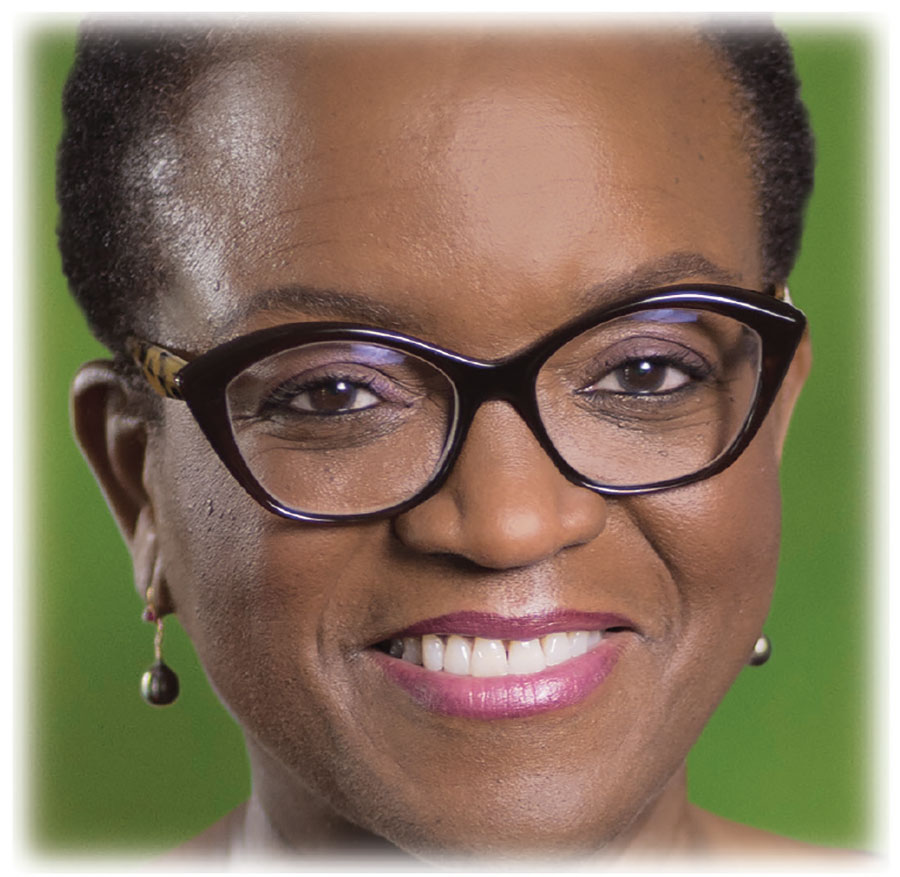
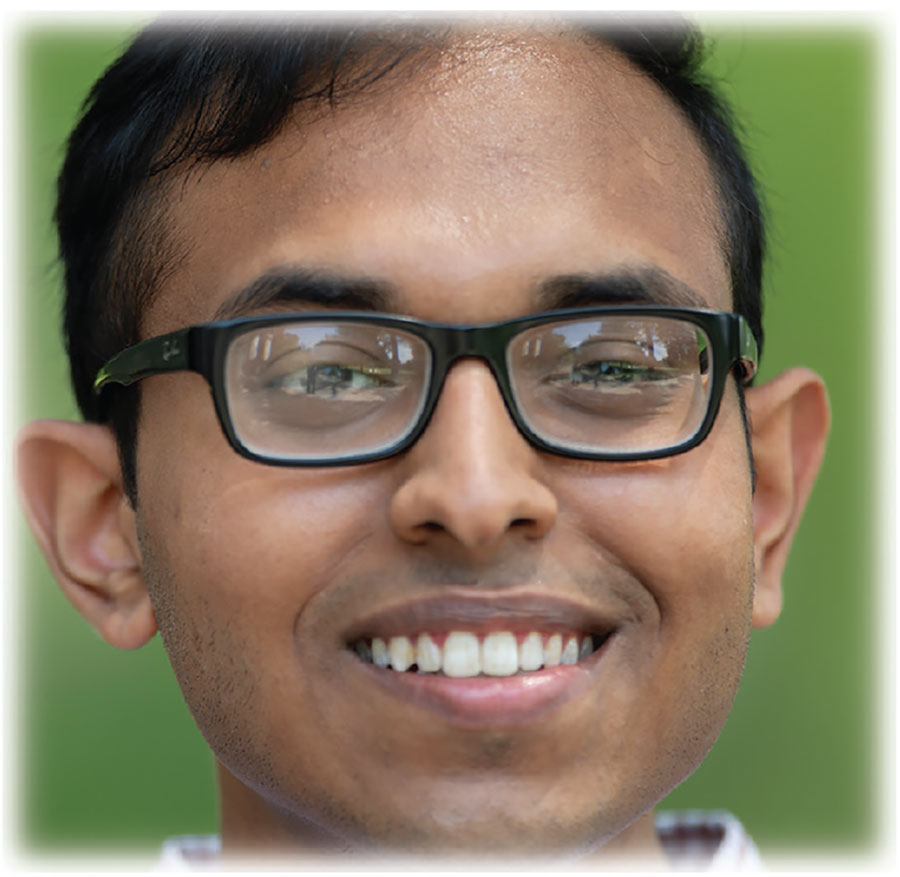
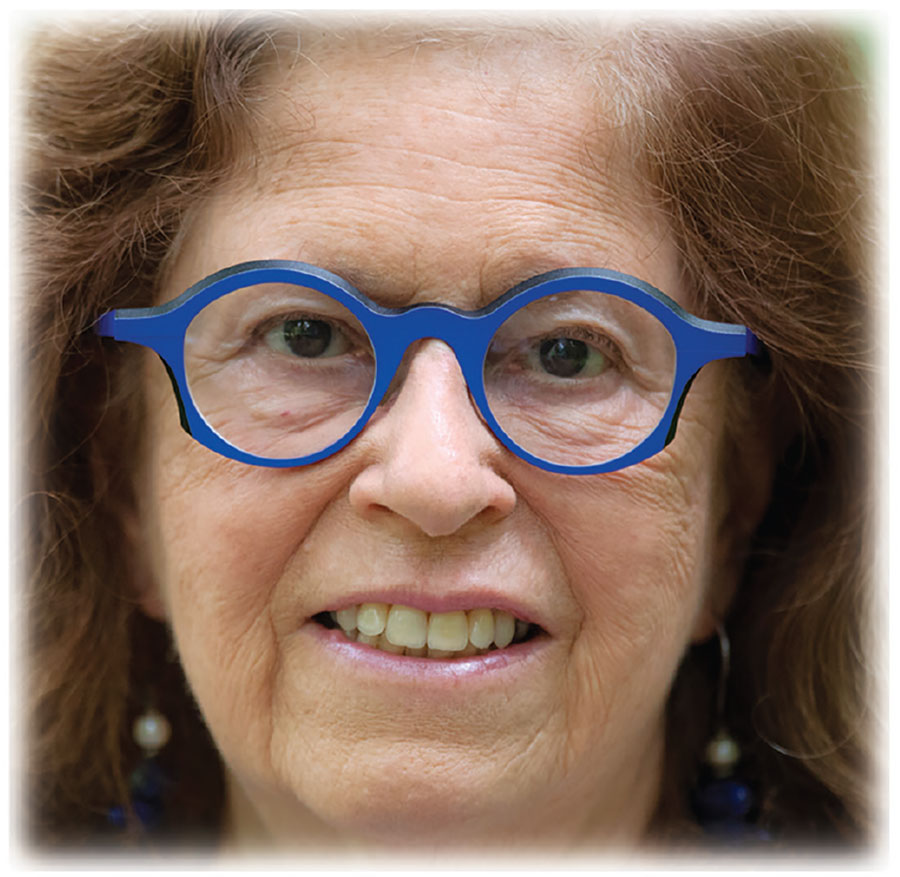
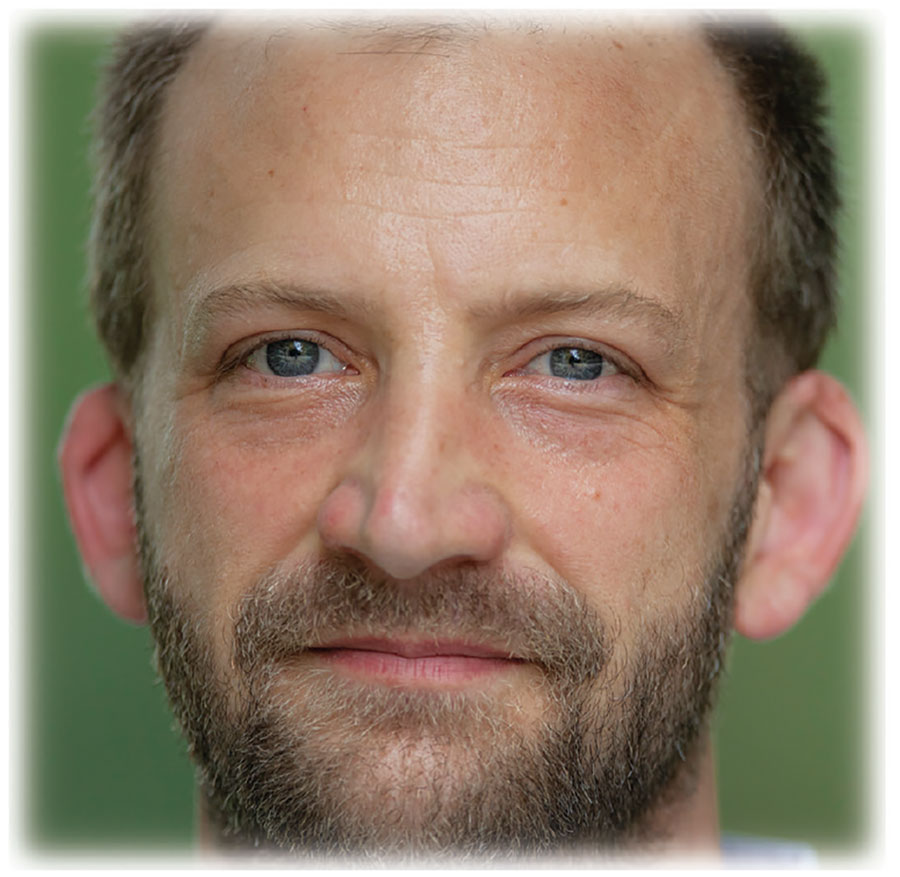

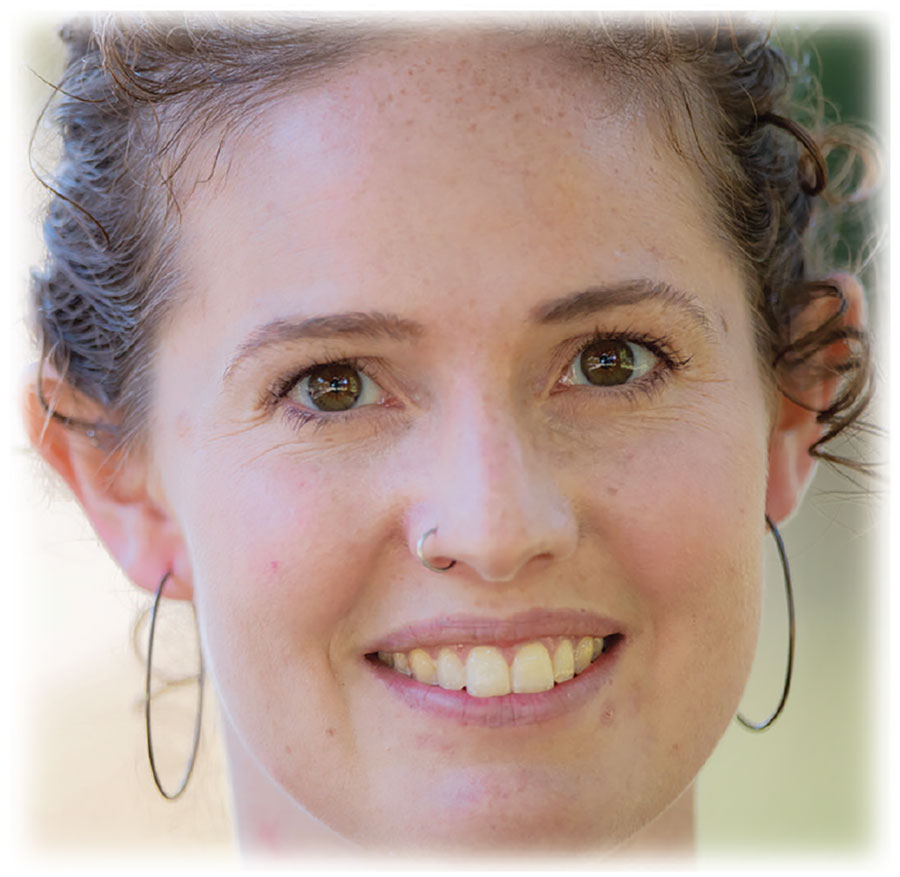
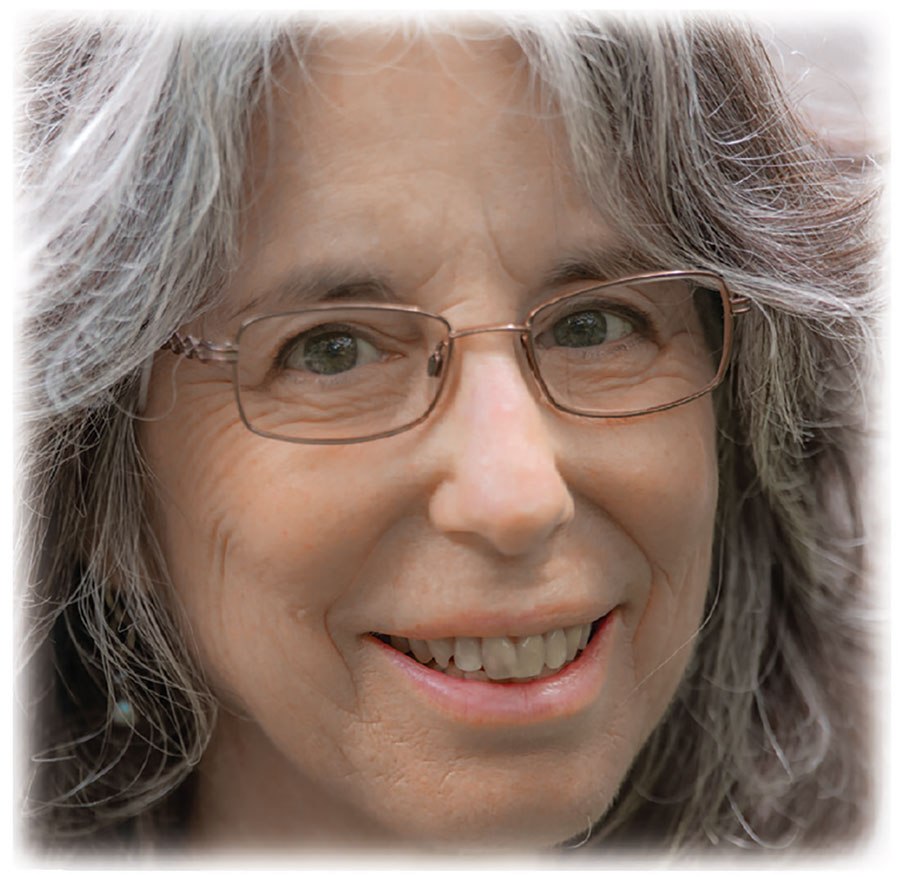
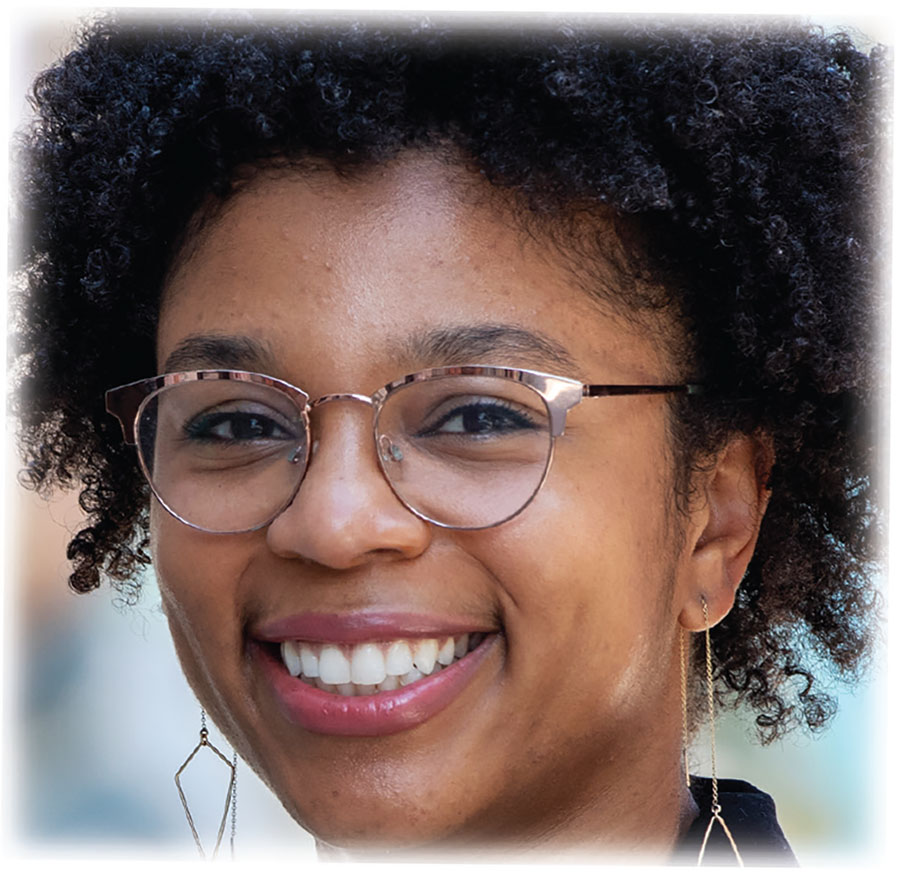

The President’s Fund for Racial Justice
Learn more and make a gift at
The President’s Fund for Racial Justice
Learn more and make a gift at


